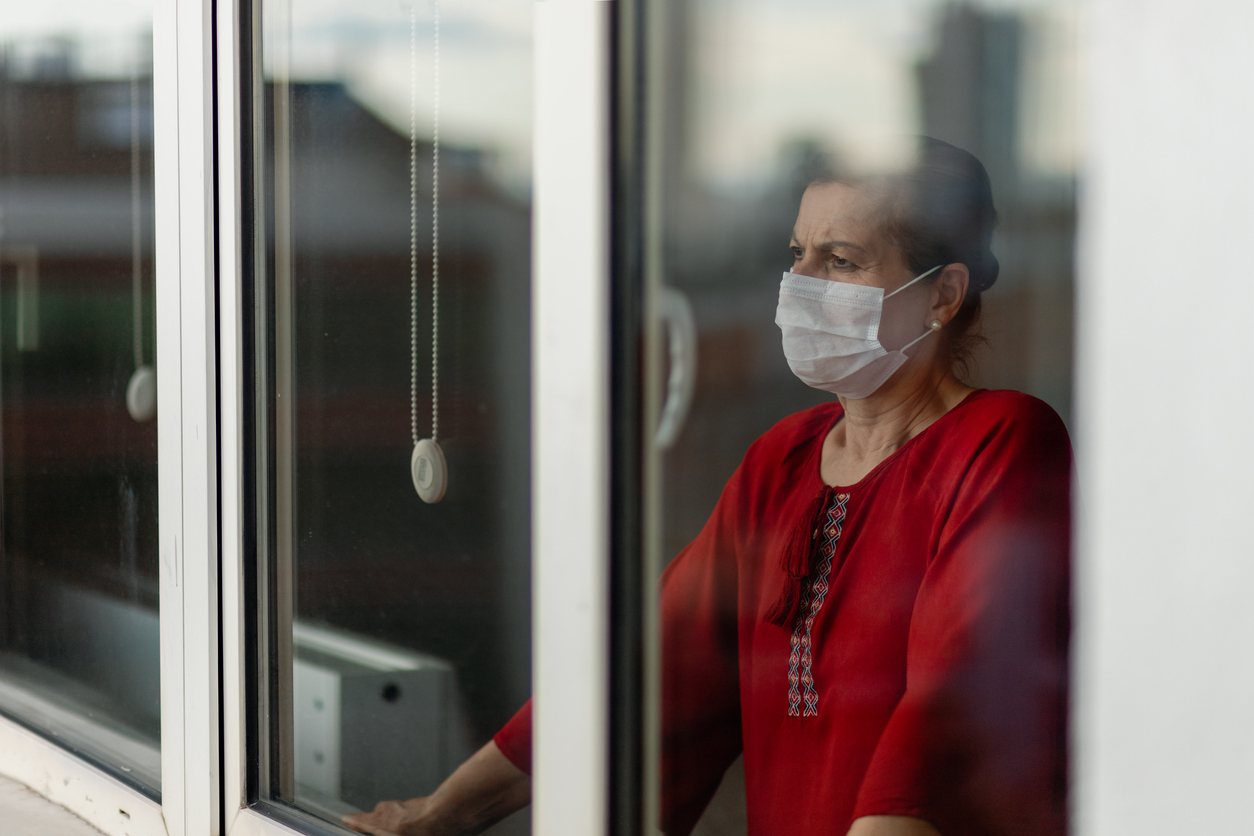
Explained: Behaviour of coronavirus within a household

Ever wondered how coronavirus spreads within a household? A recent study by researchers in China found that the secondary attack rate of the SARS-CoV-2 inside a household is 16.3 per cent.
The latest study published in the peer-reviewed journal Clinical Infectious Diseases says the risk of infection depends on age and the person’s relationship with another infected person. The researchers came to the conclusion after analysing the data collected from two local hospitals in China.
After studying 392 household contacts and 105 index patients, the report said the secondary attack rate of SARS-CoV-2 was 16.3 per cent. It also said the secondary attack rate is higher than the severe acute respiratory virus-related coronavirus (SARS-CoV) and Middle East respiratory syndrome coronavirus (MERS-CoV).
Now, what is secondary attack? It refers to the proportion of infected household contacts, excluding the index patient.
As reported by Indian Express, the time and probability of getting the disease from an infected person is more within a household than in the community.
Related news | Explained: Why is COVID-19 killing more men than women?
How does it spread inside the household?
The Chinese study found that the secondary attack rate was higher for adults than children. This shows adults are more at risk than children below the age of 18.
Other studies also suggest that people of all age groups are susceptible, but they may face various severities due to the infection, depending on their age and comorbities.
Reports also said the secondary attack rate was higher for spouses of index patients than other family members, as they are exposed to the infected people for a longer duration.
Related news | Explained: Can you catch Coronavirus infection from food?

